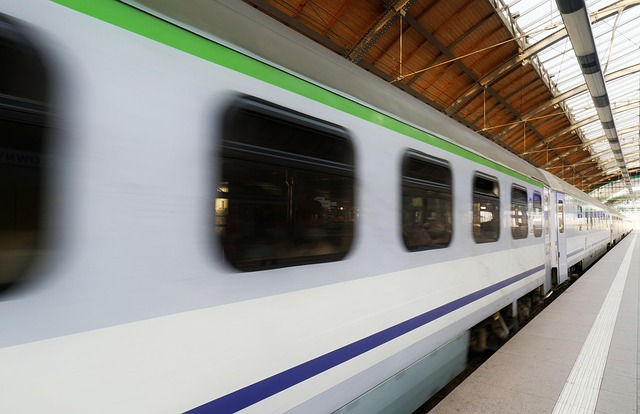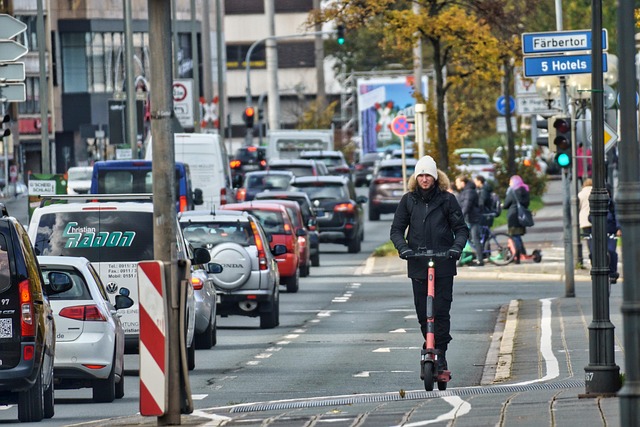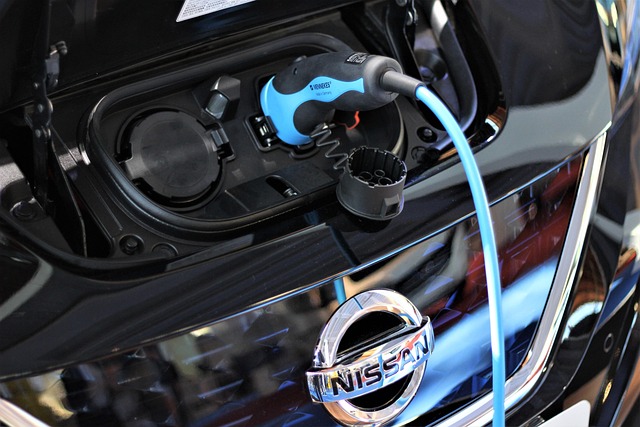Public transport development is more than just building bus stops and laying down railway tracks — it’s a strategic movement toward a cleaner, more connected, and equitable future. In the realm of mobility, it serves as a cornerstone for sustainable living and has transformative effects that ripple far beyond metropolitan boundaries, reaching into the heart of rural communities.
As cities across the globe face increasing traffic congestion and carbon emissions, transport sustainability is no longer optional — it’s essential. Public transport systems, when designed efficiently and powered by clean energy, significantly reduce the environmental burden. Trains, buses, and shared mobility services emit far fewer pollutants per passenger than private vehicles, helping mitigate climate change and enhance urban air quality.
But the story doesn’t end in the cities. Rural areas often suffer from poor mobility infrastructure, limiting residents’ access to essential services such as education, healthcare, and employment. With careful public transport development, rural communities can come alive in new ways. Imagine a village connected by an electric bus service to nearby towns — children can attend schools regularly, farmers can transport their produce efficiently, and local artisans can access markets with greater ease. This kind of connectivity boosts local economies and curbs rural depopulation by making countryside life more viable and attractive.
Transport sustainability and rural development are deeply intertwined. While urban mobility seeks innovation and speed, rural public transport development demands inclusivity and accessibility. Both share the common goal of bettering lives while preserving the planet. Investment in integrated, eco-friendly transit systems harnesses the power of collective movement — reducing car dependency and bridging gaps between regions, people, and opportunities.
As we envision the future of transportation, the emphasis must shift toward inclusive models that address both urban density and rural isolation. It’s about creating a seamless network that caters to everyone — a future where clean, efficient, and affordable public transport options are within reach no matter where you live.



